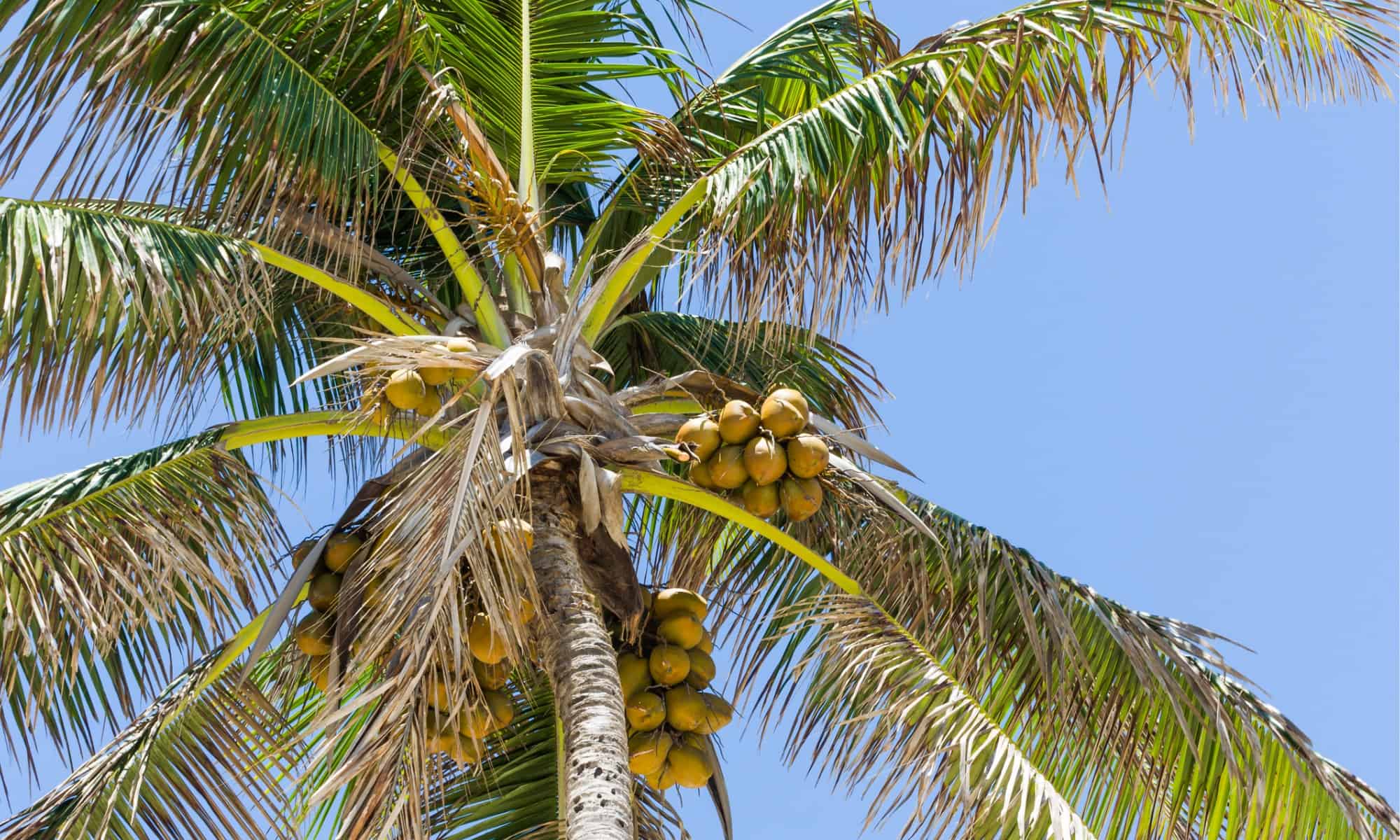The Wonders of the Coconut Tree: From Food to Shelter
Coconut trees are more than just a beautiful sight on tropical beaches. They are one of the most useful and versatile trees in the world, providing food, shelter, and livelihoods for millions of people. In this article, we will explore the wonders of the coconut tree and how it has been used throughout history.
The coconut tree, also known as Cocos nucifera, is a member of the palm family and is native to tropical regions around the world, including Southeast Asia, the Pacific Islands, and parts of Africa. It is a tall, slender tree that can grow up to 100 feet tall, with a crown of feathery leaves at the top and a trunk covered in rough, brown bark.
One of the most notable features of the coconut tree is, of course, the coconut itself. Coconuts are large, round fruits that grow in clusters on the tree's branches. They are surrounded by a tough, fibrous husk that must be removed before the delicious meat and water inside can be enjoyed.
Coconut meat is a versatile ingredient that is used in a wide variety of dishes, from curries and soups to desserts and snacks. It is high in fiber and healthy fats, making it a popular choice for health-conscious eaters. Coconut water, the clear liquid inside young coconuts, is a refreshing drink that is packed with electrolytes and is often used as a natural sports drink.
But the coconut tree's uses go far beyond just food. Its leaves are used to make roofs, baskets, and even clothing. The long, sturdy fronds are woven together to create thatch, a traditional roofing material that is still used in many parts of the world today. The leaves are also used to make baskets, hats, and other household items.
Coconut wood is another valuable resource that is often used for construction and furniture making. It is strong and durable, with a distinctive grain pattern that makes it highly sought after by craftsmen. The trunks of older coconut trees are often hollowed out and used as natural water storage tanks, providing a reliable source of fresh water in areas where water is scarce.
Coconut oil is perhaps one of the most versatile and widely used products derived from the coconut tree. It is a popular ingredient in cooking and baking, as well as in cosmetics and skin care products. Coconut oil is rich in antioxidants and has antibacterial and anti-inflammatory properties, making it a popular natural remedy for a variety of ailments.
In addition to its practical uses, the coconut tree also has cultural and spiritual significance in many parts of the world. In Hinduism, the coconut is considered a symbol of prosperity and is often used in religious ceremonies. In the Philippines, the coconut tree is known as the "tree of life" and is a symbol of national pride.
But despite all of the coconut tree's many uses and benefits, it is also facing serious threats from climate change and other environmental factors. Rising sea levels, increasing temperatures, and changing weather patterns are all putting pressure on coconut tree populations around the world. In addition, disease and pests, such as the coconut rhinoceros beetle, are also causing damage to trees and affecting yields.
To protect the coconut tree and ensure its continued use and prosperity, it is important to take steps to mitigate these threats. This includes promoting sustainable agriculture practices, conserving natural habitats, and developing new technologies to improve yields and increase resilience.
Labels: Interesting, nature


0 Comments:
Post a Comment
Subscribe to Post Comments [Atom]
<< Home